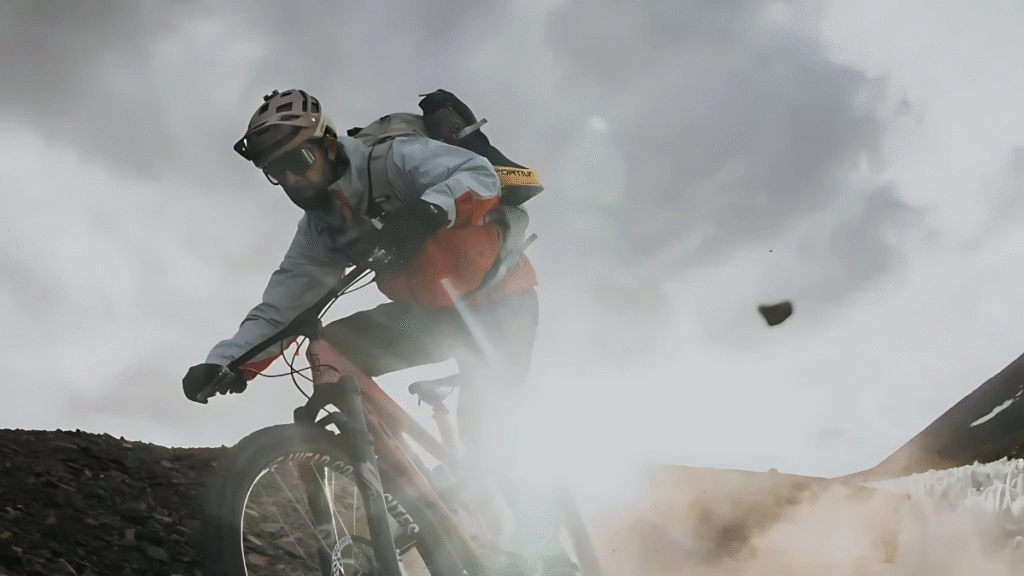
Summary – Tonelli’s tragic fall sheds light on critical safety challenges in global mountaineering and the need for enhanced rescue coordination.,
Article –
The tragic fall of mountaineer Tonelli highlights several critical challenges and considerations in the domain of global mountaineering safety. This incident has brought to light the urgency of improving rescue coordination and safety protocols to protect adventurers in perilous environments.
Key Issues Revealed by Tonelli’s Tragic Fall
- Hazardous Conditions: The steep ravine terrain of Tonelli’s accident exemplifies the dangerous natural features commonly encountered in popular mountaineering spots.
- Emergency Response Challenges: Difficult terrain and remote locations complicate search and rescue operations, often delaying assistance and reducing survival chances.
- Rising Risks with Adventure Tourism Growth: Increased participation in extreme sports has correlated with more accidents, often due to inadequate safety measures and unpredictable weather.
- Strained Local Resources: Accidents place additional pressure on local emergency services, affecting their capacity and the reputation of mountaineering destinations.
- Need for Global Safety Standards: The event underscores the importance of uniform safety protocols, investment in rescue infrastructure, and international cooperation among mountain rescue teams.
Global Impact and Responses
The implications of Tonelli’s case transcended local effects, igniting conversations among governments, mountaineering federations, and international organizations on enhancing safety frameworks. Notable responses include:
- Advocacy for mandatory safety gear and pre-climb certification.
- Promotion of real-time tracking systems for climbers in hazardous areas.
- Development of cross-border rescue protocols to address the international nature of mountain ranges.
- Educational campaigns improving climber awareness about environmental dangers and best practices.
Future Directions for Mountaineering Safety
In light of this tragedy, several initiatives are likely to receive increased focus:
- Advanced Technologies: Utilization of drone surveillance and improved communication tools to enhance rapid detection and medical response.
- International Collaboration: Formal agreements to strengthen rescue cooperation and share resources cross-nationally.
- Regulatory Enhancements: Adoption of stricter safety standards for adventure tourism operators globally.
- Personal Risk Management: Encouragement for adventurers to more carefully balance thrill-seeking with prudent safety measures.
This incident serves as a stark reminder that as adventure tourism continues to expand, stakeholders must ensure that safety protocols evolve accordingly to protect lives while sustaining economic benefits.

